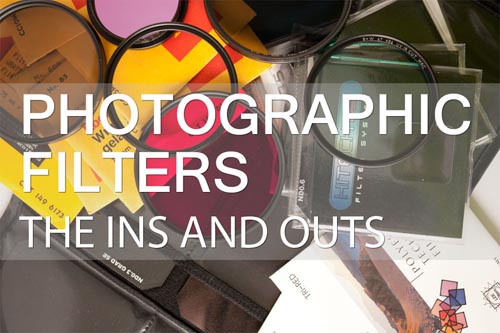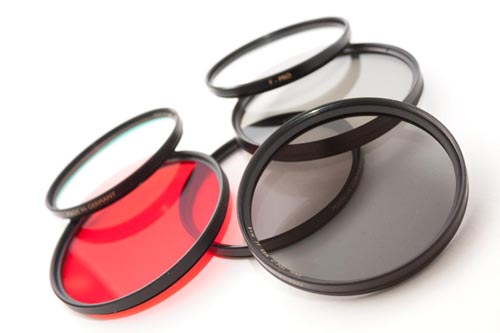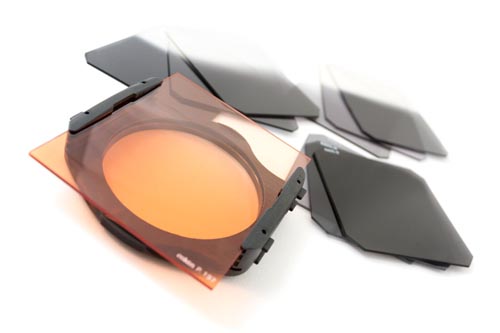Photographic Filters – The Ins and Outs
In the good old days of film photography the only way to achieve many effects on your photos was with the use of specialized glass (or plastic) filters, fitted to the front (or in some cases slotted into the rear) of camera lenses prior to taking the photo. Fortunately in the modern digital world some of these filters are still used and while many of the old effects can be reproduced in a digital darkroom, others still require the photographer to do the work prior to post processing.
If you speak to most photographers (either professional or amateur) chances are they will probably have some kind of filter in their camera bag, even if they don't use it. While there are too many different types of filter to list them all in detail, a rundown of the most popular would be a good place to start giving advice:
Protective filters
Usually a UV or a Skylight filter, both often employed to protect the end element of a lens from slight knocks (it is far cheaper to replace a filter than a lens!). One word of warning though, filters of this type are often bought cheaply, but this seems strange to me, people will pay thousands for expensive camera lenses and then place a cheap piece of glass at the front, often affecting the image quality of your final photo.
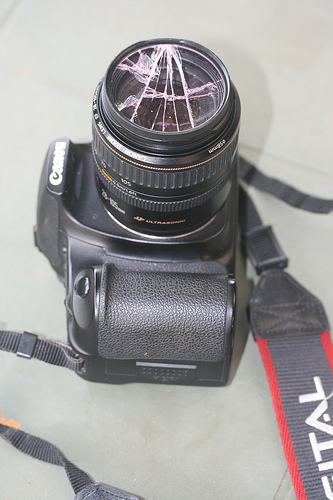
Smashed filter protects lens.... by Stephen Michael Barnett on flickr (licensed CC-BY)
Polarising filters
One of the most popular and useful filters, these are used to eliminate or reduce glare from water etc. as well as to give the appearance of more vivid blue in skies, and are a must for landscape enthusiasts. See this post on polarising filters for a more detailed look at polarisers.
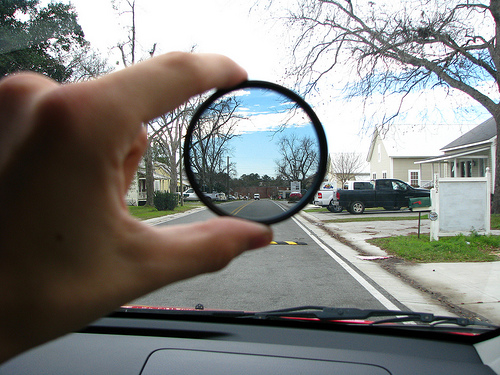
Polarizer by jadjadjad on flickr (licensed CC-BY-NC-ND)
Neutral Density filters
These filters reduce the available light reaching the lens, allowing slower speeds to be used in bright conditions (excellent for showing the movement in water), and come in a number of strengths. There are two types of ND filter, a full ND where the whole filter is one dark colour, or graduated ND where the colour effect is started midway through the filter, these being used to allow for skies to not be over exposed while exposing correctly for foreground objects.
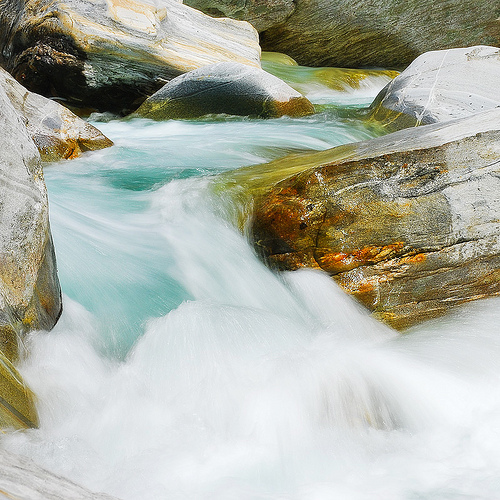
Flow II by Alexander Boden on flickr (licensed CC-BY-SA)
Special effects filters
The final types of filter are where you could go really mad, there are so many different variations to choose from, from starburst filters - creating striking bursts of light, to various coloured filters - giving the chosen colour cast to the whole image (Tobacco used to be very popular), these are worth investigating in more detail for a fuller picture, their numbers are vast and the different effects produced staggering, they are however, often filters that can easily be replaced with modern software.

Thinking about the Future by Sabrina Campagna on flickr (licensed CC-BY-ND)
Once you have chosen the style of filter you want to use, you also have to choose from the different types (and manufacturers). There are two very distinct types of photographic filter available:
Circular filters
These screw onto the front element of your camera lens, these require many different sizes to fit your different lenses, but individually are usually inexpensive.
Square filters
These slot into specially made filter holders, the huge bonus with these is that with different adaptors this allows you to use one filter on many lenses, as well as stack them up (generally these square filters are of a much higher quality than the circular ones) You also have the benefit of being able to alter the starting position of the filter (depending on what area you want the filter to affect).
There are many specialist manufacturers such as Cokin or Lee (the two most famous and popular manufacturers), in fact way too many to mention.
As with all things photographic it is for you to decide what would best suit your needs, in terms of type or style, and what suits one persons budget may not suit another, further research on particular brands is highly recommended (and easy in the internet world).
